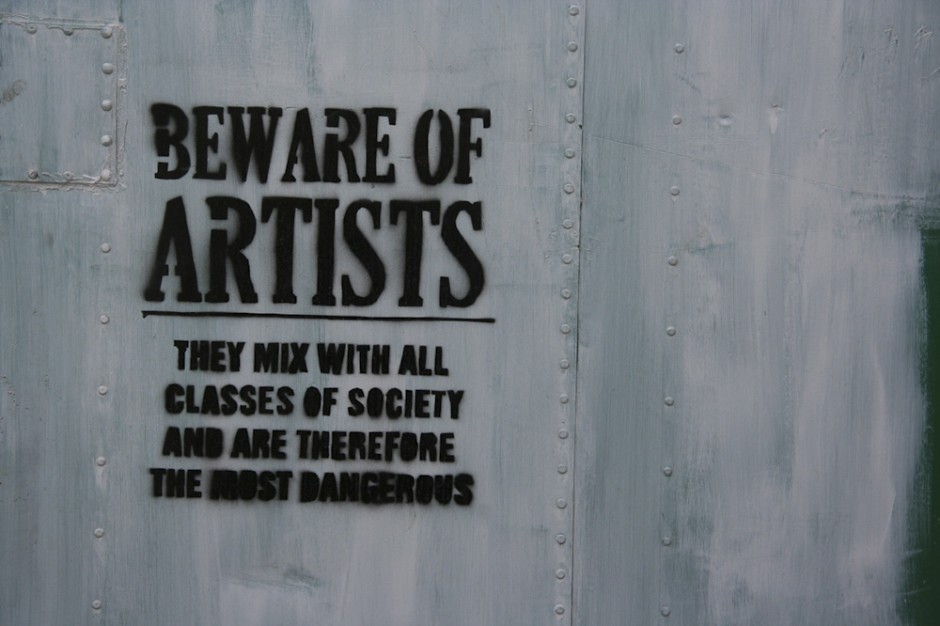Art has a power to reach people viscerally in a way that other work doesn’t. It has the power to crack the walls of apathy and cynicism that people build up around themselves, and break open the vision of what could be. The power is in the storytelling; whether it’s visual art, music, or text, it all comes back to the power of voice.
Afghanistan is probably best known in the West for its poverty, oppression, terrorism, and ongoing conflict. None of this is untrue, but it’s not all there is. Against this backdrop, dreamers and visionaries work — artists, musicians, innovators, activists, media moguls, and politicians. Just as in any other country, the dreamers and free thinkers are often those whose stories are quieter than the stories of violence and anger that shout more loudly. That doesn’t make them less powerful.




